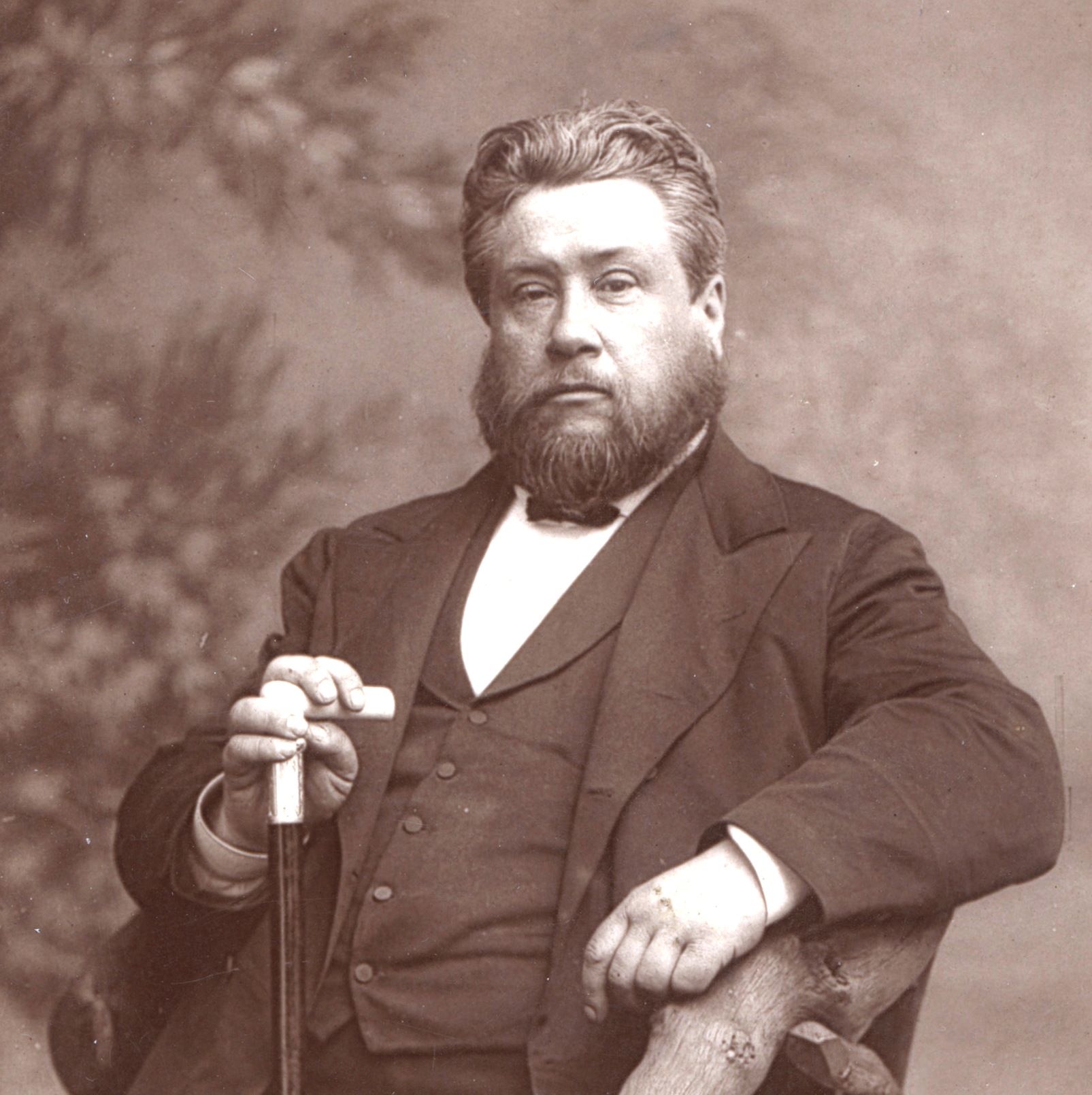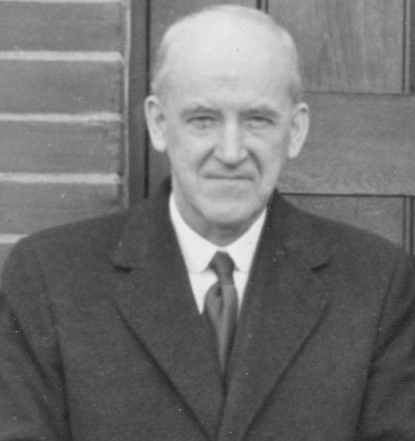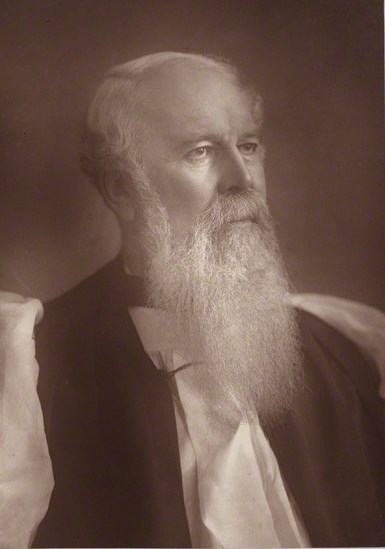A nice summary written in Wales by John Legg can be found
here. It says
Christians must often define themselves by what they oppose, for example as Protestants or Nonconformists. What did they not conform to? The short answer is, ‘the Anglican church’, but there is more to it than just a dislike of formal worship or of the Establishment. We must look at their origins in the seventeenth-century.
Separatists
When James VI of Scotland became James I of England in 1603, he adopted the motto, ‘No bishop, no king’ and set about imposing conformity on the church. Many of his subjects, however, continued to meet together to worship God in a scriptural way. One such Separatist congregation was at Scrooby in Nottinghamshire. In 1608 persecution forced them to emigrate to Leyden in Holland, but after a peaceful few years they decided to go to America. Elder William Bradford later described their departure from Leyden: ‘they knew they were Pilgrims, and … lifted up their eyes to the heavens, their dearest country’. Ever since they have been known as ‘the Pilgrim Fathers’. After many difficulties, they set sail from Plymouth in the Mayflower. After a horrific voyage, they finally landed (in the wrong place!) and endured a cruel winter, fever, fires, accidents and the arrival of ungodly settlers. Within six months half of the original party (and half of the Mayflower’s crew) had died, but by prayer and the providential help of friendly Indians, they survived. The rest of the Leyden congregation arrived in 1630 and the settlement reached three hundred.
Not conforming to the Prayer Book
When Charles I succeeded to the throne, he and William Laud, his Archbishop of Canterbury, determined to impose conformity to the Book of Common Prayer. When Laud tried to extend the rule of bishops and the Prayer Book to Scotland, he ran into trouble. One doughty Scottish woman, named Jenny Geddes, resisted the public reading of the Prayer Book with the memorable action of throwing her stool at the Dean’s head and the equally memorable words, ‘Will ye dare read that book in my lug [ear]?’. By 1640 the number of colonists in America, eager to establish Bible-based churches, reached twenty-thousand and nonconformity was well established. Laud’s unwise policies contributed to Parliament’s resistance to the king and thus to the Civil War.
Oliver Cromwell
The coming of the Commonwealth and Protectorate under Oliver Cromwell brought relief to the Nonconformists of various shades. Although many Church of England ministers were removed from their parishes, they were only the inefficient, incompetent or immoral ones. During this period the Westminster Assembly met, in a failed attempt to unite England and Scotland in a Reformed alliance. The Assembly did, however, write the Westminster Confession and the Larger and Shorter Catechisms, perhaps the finest theological statements ever produced. Most of the members of the Assembly were Presbyterians; others were convinced Anglicans; five were Congregationalists or Independents. They argued against some of the Presbyterian ideas and became known as the Dissenting Brethren.
The Bedford Baptists
The Particular (Calvinistic) Baptists were emerging as a distinct group. By 1644, they had seven congregations in England. One famous Baptist church was established in Bedford in 1650 with twelve members under the leadership of John Gifford. From 1653, when the Anglican vicar was deposed, this Baptist church, now with twenty-five members, met in the parish church, as did many other new independent congregations. One of these members was a newly converted tinker called John Bunyan. Gifford died two years later, but fairly soon, Bunyan began preaching and in 1656 was set aside to preach both in the congregation and more widely. He was not actually pastor, but continued to support himself by his ‘tinkering’. By this time the congregation at the Bedford Meeting had grown to around ninety members. In 1660, however, all this came to an end.
The Restoration
When Oliver Cromwell died in 1658 and was succeeded by his son, Richard, the politicians, who still hankered after a king and a national church, ‘restored’ the monarchy, with dire consequences. Charles II made conciliatory noises, but the new parliament insisted on restoring all forms and ceremonies of the church. The clergy who had been removed during the Commonwealth returned, including the vicar of Bedford, so that the Baptist congregation had to leave the parish church. The Presbyterians had high hopes of being included in the established church, but Bishop Sheldon of London was determined that there should be no compromise. He and his supporters wanted to get rid of all the Puritans, and this they did.
Not conforming to the Act of Uniformity, 1662
They drafted a bill strictly to make it impossible for even the least dogmatic of the Puritans to accept it with a clear conscience. The Act of Uniformity, passed in May 1662, gave all ministers of the Church of England until 24 August, St. Bartholomew’s Day, to conform to its demands. They had to affirm the supremacy of the monarch in all things ecclesiastical and spiritual, and that they gave ‘unfeigned assent’ to everything in the Book of Common Prayer. The timing was deliberately such as to deprive any who did not conform of a whole year’s income.
The Great Ejection
Nearly two thousand ministers (a hundred and thirty in Wales), including some who had withdrawn earlier, refused to conform. Most were Presbyterians or Independents, but there were also nineteen Baptists, of whom eleven were Welsh. The Bishop of London was disappointed that so many actually did conform. If he had thought so many would conform, he ‘would have made the Act stricter’! The ejection included not only ministers, but also lecturers and even schoolmasters, so that many of them were deprived of any means of livelihood.
What, then, did they object to? There were many important details in the Prayer Book that they found objectionable, such as the use of the sign of the cross in baptism and the wearing of the surplice. More importantly they refused ‘to pronounce all baptised persons regenerated by the Holy Ghost’; they regarded it as sinful to give the communion elements to the unfit, to pronounce a general and absolute absolution, and to declare anyone they buried ‘our dear brother here departed’. All these, of course, arose from the basic error that everyone in the parish was a Christian. More generally, they denied that anyone, king or pope, has the right to impose a liturgy on ministers.
The Clarendon Code
To back this up, Parliament introduced a set of penal acts aimed at destroying the many independent groups, Congregational or Baptist, which were still meeting. The First Conventicle Act banned the meeting together in a home of more than five people apart from the family members. In 1666 the Five Mile Act was introduced. This appears to have been specifically and spitefully aimed against certain godly ministers. When the Great Plague afflicted London in 1665 and the Anglican ministers fled to the country, the ejected ministers earned great credit by going back and looking after their flocks. The new act forbade them to go within five miles of any city, corporation or borough, or any parish where they had been minister or conducted unlawful conventicles. Immediately the king returned, the Bedfordshire magistrates ordered the restoration of the Prayer Book in public worship. Inevitably John Bunyan fell foul of the law and was imprisoned for twelve years. It was probably during this period that he began his great work, The Pilgrim’s Progress. Bunyan was only one of many Puritans who, in the providence of God, used their enforced silence to write.
Nonconformist restrictions
In 1672 Charles issued a Declaration of Indulgence, which allowed Nonconformists, including Bunyan, to apply for licences to preach and to establish meeting places where they could meet openly. However, Parliament was displeased and the Declaration in 1673 was replaced by the first Test Act which required all in public office to take communion at the Church of England. In this way Nonconformists were debarred from public office (and university) unless they were prepared to compromise their consciences. In other ways this was a time of relative quiet for the Nonconformists, but in 1681 new persecutions came on the Dissenters. In 1685, Charles’ son, an open Roman Catholic, became King James II. However, he went too far and the people rebelled. The ‘Glorious Revolution’ took place and William of Orange and Mary took the throne. Although the Protestant Dutchman did not do as much as the Nonconformists expected, he did introduce religious toleration for Protestants in an Act of 1689. Many disabilities remained for Nonconformists, but the worst was past.
In days when we tend to take our freedoms for granted, when we can attend university if we want, become members of Parliament and mayors if we so desire, attend the church of our choice without fear and, still preach the gospel without hindrance, we must remember the principles and struggles of our forefathers.













